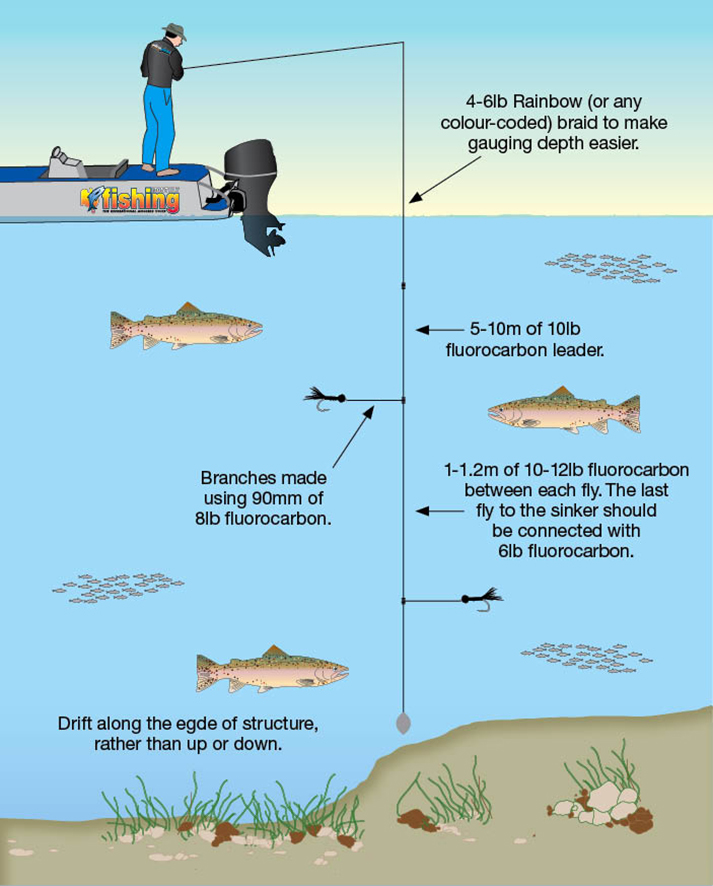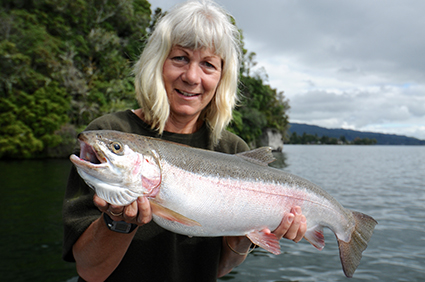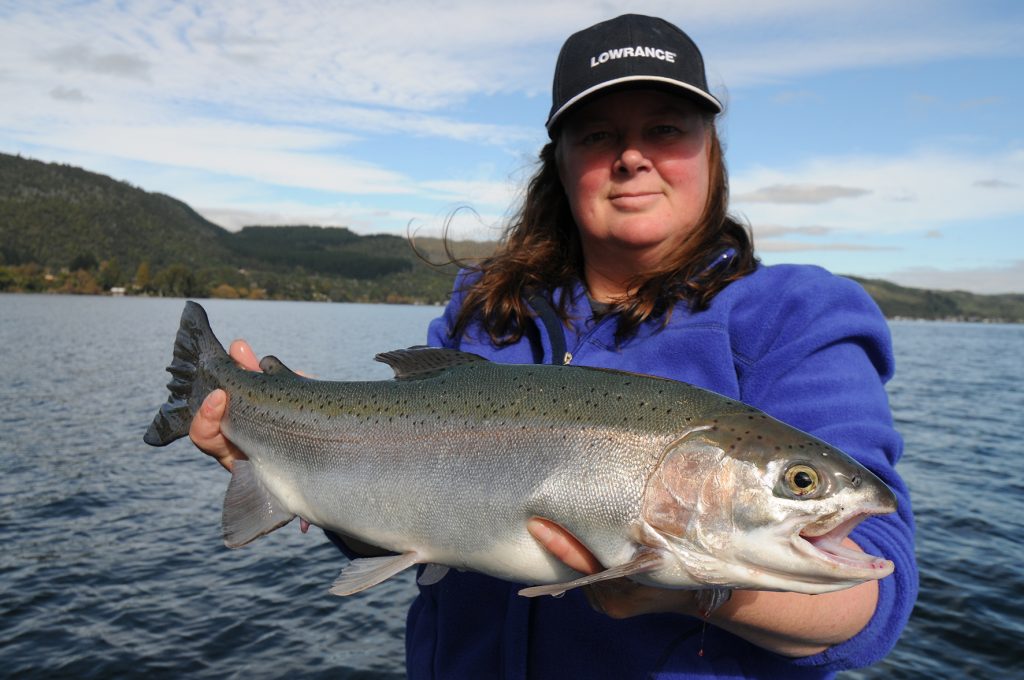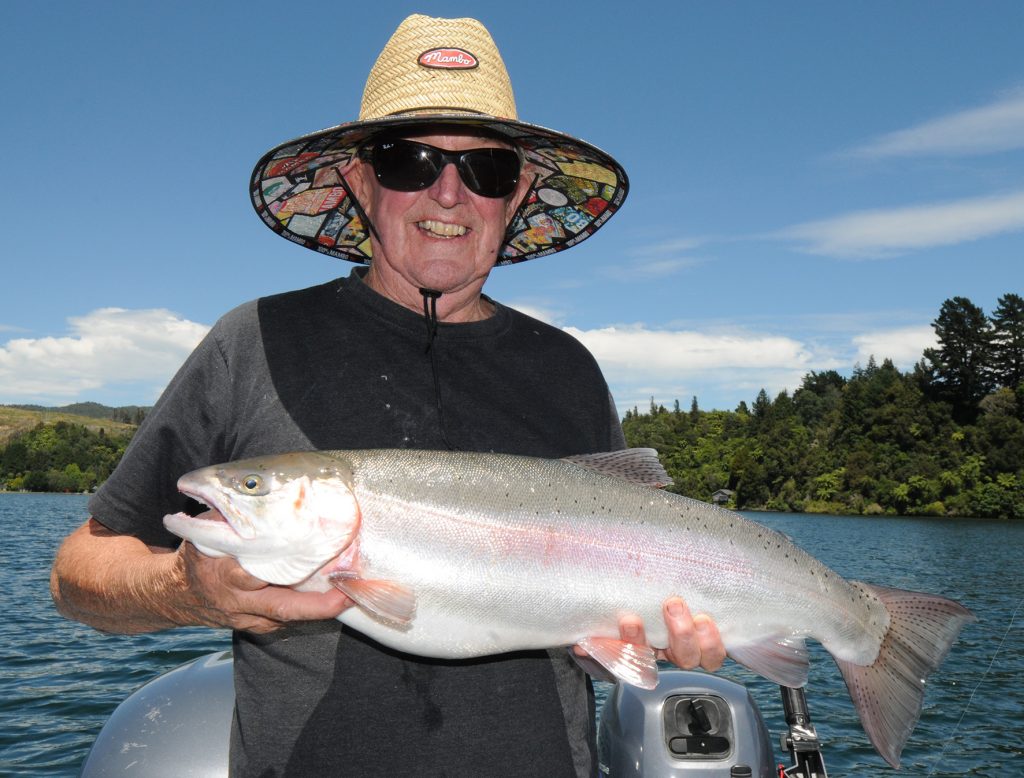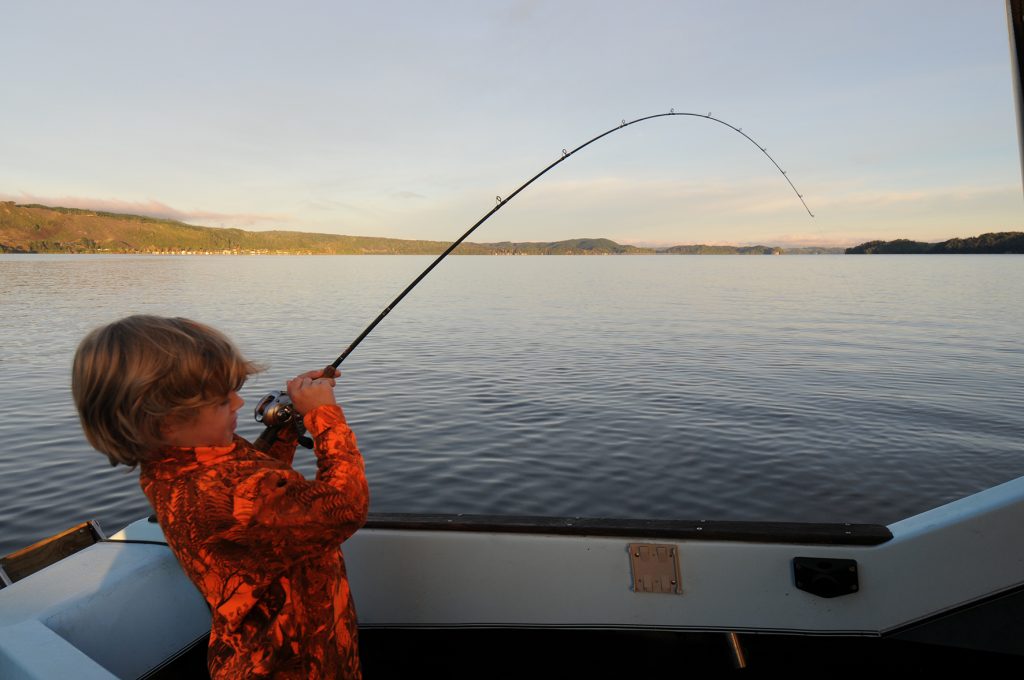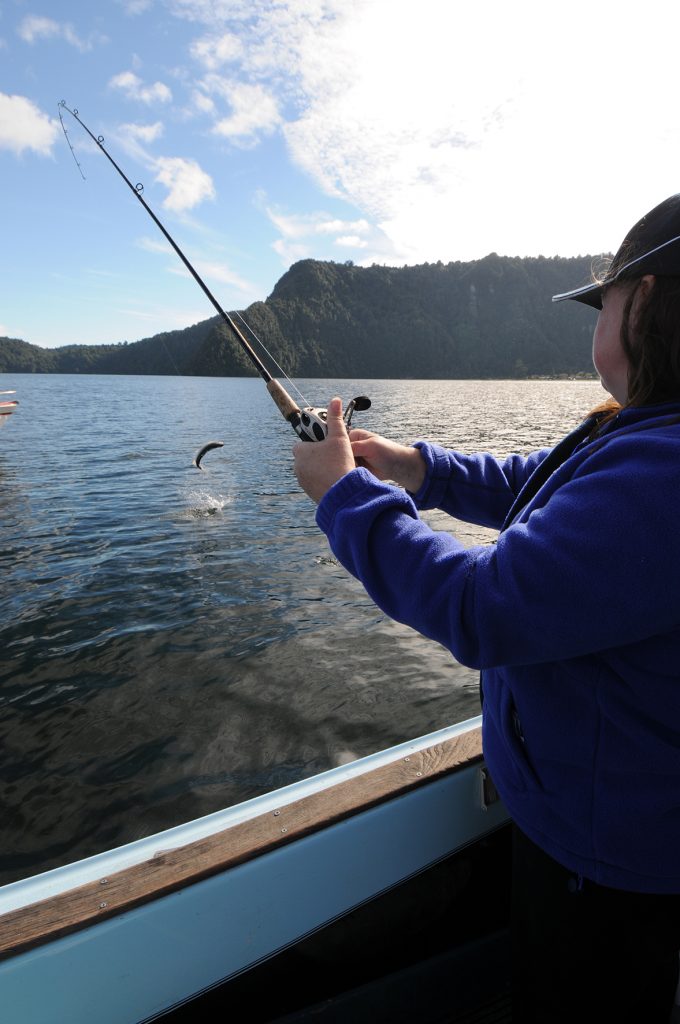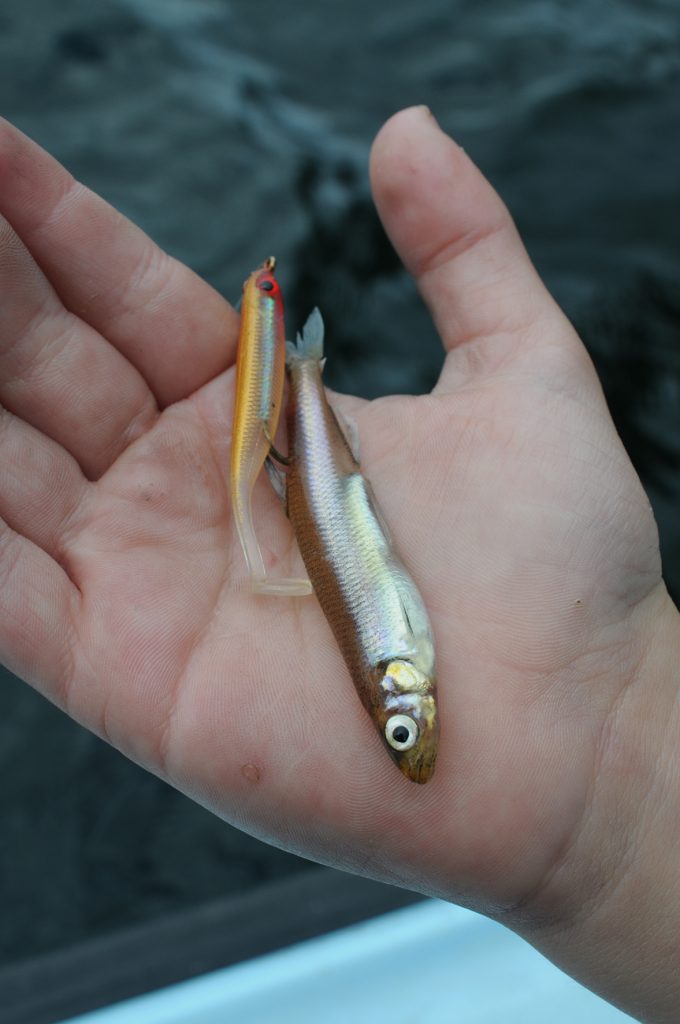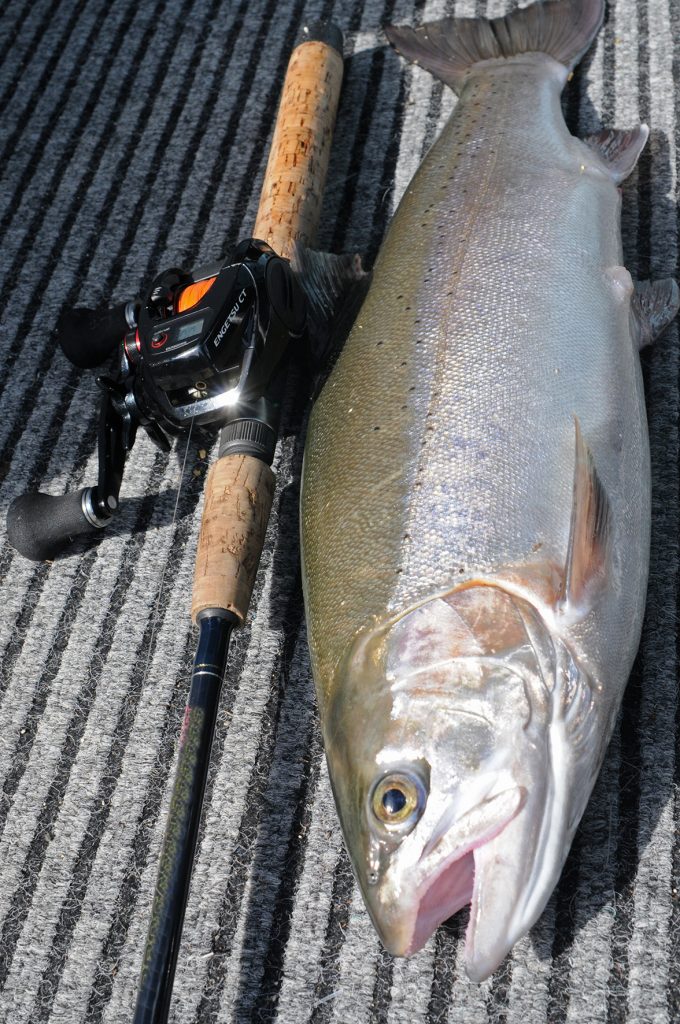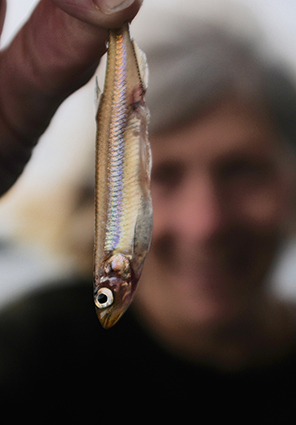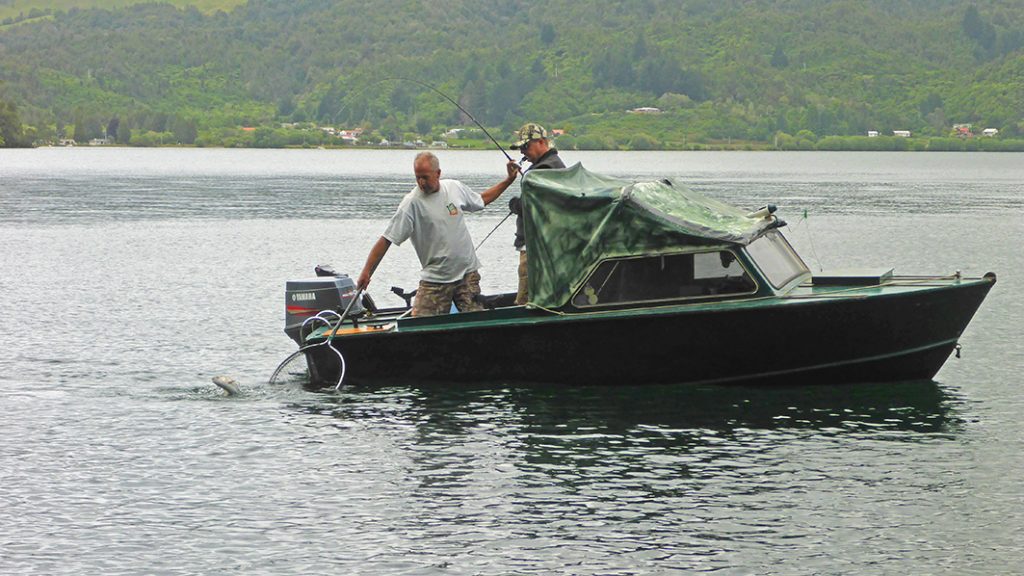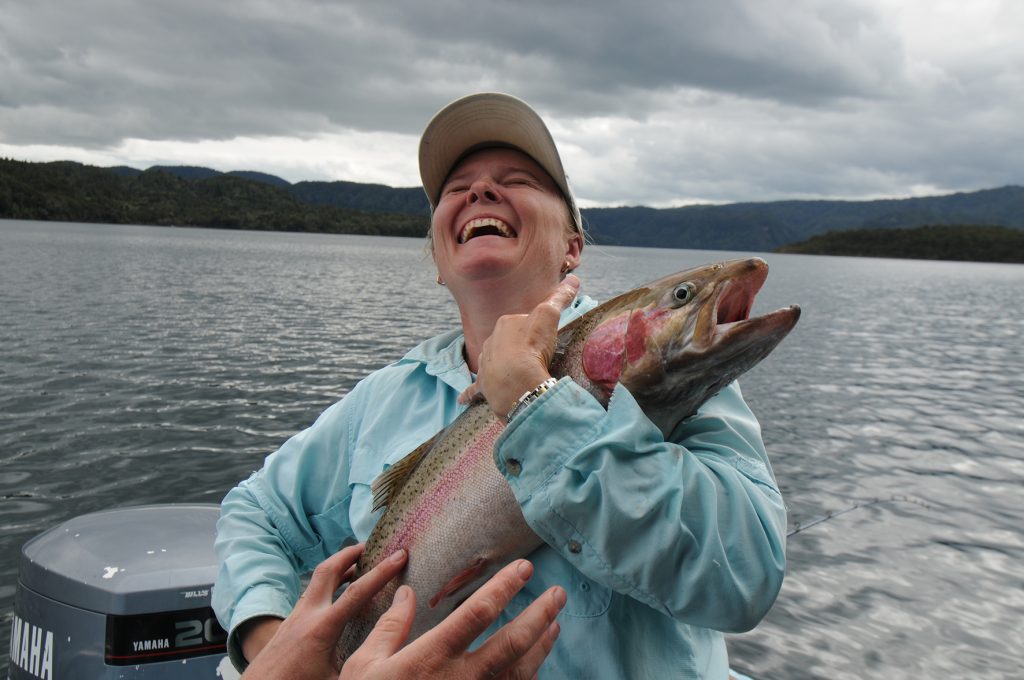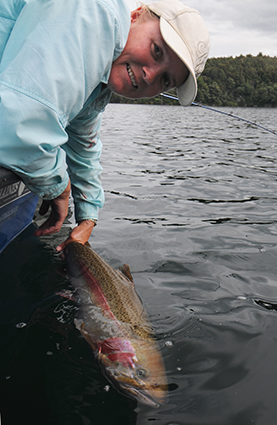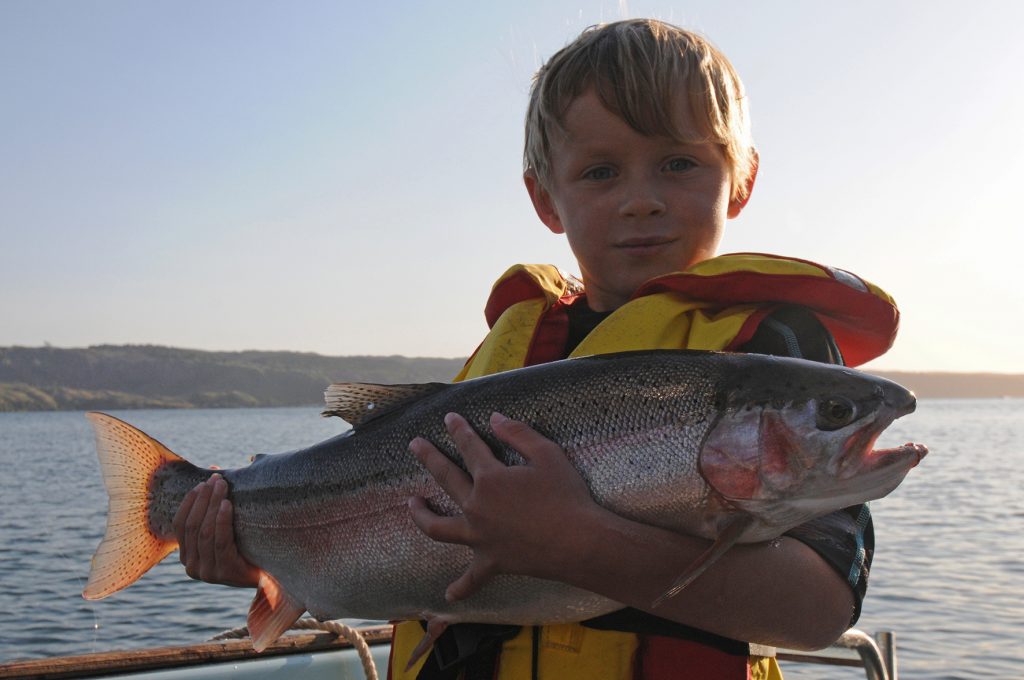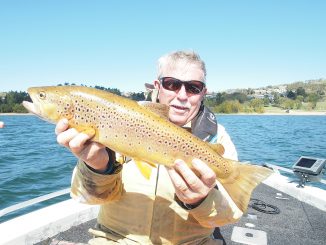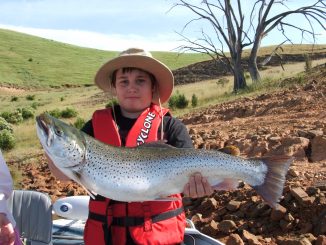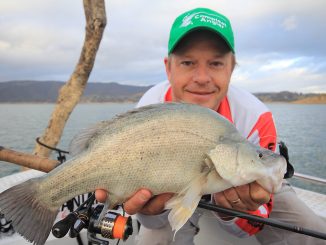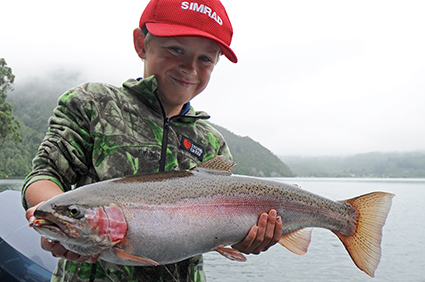
by Chris Firkin •
Whether you fish for the table or to escape the hustle and bustle of the big city, or you’re like me – superkeen, chasing big fish that pull string, enjoying the challenge and danger while spending countless hours and dollars pursuing that fish of a lifetime – whatever spins your wheels, have fun and respect what you have on offer. Not catching your limit every time you get out is what really counts.
Kiwi fishos are keen conservationists. Fishing in NZ is good if not epic, so we don’t need to have big kill-ups. Just keeping enough to feed family and friends means we have to get out the following weekend to catch another fresh feed – bugger!
One thing is for sure, I’m not writing this article to tell you Aussies how to suck eggs. It’s to help you appreciate and learn a few different techniques that provide results for us Kiwis, for when the fishing is a bit tough and a different approach may be required. Being fortunate to fish in both NZ and Australia, there are some distinct differences when comparing the countries. Obviously, the diversity of fish species around Australia is massive compared to New Zealand. Mind you, compare the size of both countries and there’s a good reason the diversity is a tad better. There’s no denying the quality of the trout fishing in NZ, and more importantly, one of the main draw cards for anglers travelling over to our ‘land of the long white cloud’ – XOS kingfish and big snapper that abound in good numbers.
Then there are the big swords caught these days, more commonly during the day than on the original hardcore night excursions. The striped marlin fishing at the right times of the year (late December through to May) is world-class for size, as is the blue marlin bite in February off Waihau Bay. The average size is between 220-260kg, with the chance of a 400kg+ beast to lead you astray or teach you a few lessons in respect!
The pacific bluefin tuna fishery off the West Coast of the South Island in August is pretty out there to say the least. Catching huge 220kg+ pacific bluefin with snow-capped mountains around you is truly special, but our estuary fishing is average compared to what Aussies have on their doorstep.
There are no whiting, mulloway, flathead, bream or tailor in NZ. The squid fishing doesn’t come close to what I’ve personally experienced in Victoria and NSW. In saying this, where there’s good squid fishing, the size on average is good, but for numbers it doesn’t compare to your fishery in Australia.
When it comes to tactics and methods, trout fishing is a good starting point – what do we do differently in New Zealand when it comes to trout?
For those of you who enjoy taking your boat or kayak lake fishing, jigging for trout is something we do differently. It firstly provides great results, and secondly teaches you how to use your sounder correctly. Once you understand what you’re actually seeing on your sounder, and start really using it to hunt for fish with confidence, a whole new world becomes apparent. Like all fishing techniques, once you gain some confidence, you’ll apply yourself to become better at it. The more time you put in, the better and more confident you become. More importantly, the results increase – funny that.
Basically, the rig starts with a quality baitcasting reel and a very lightly rated 4-10lb, 7-8ft rod to suit. Why such a long rod, you ask, especially when shorter rods are more convenient in a kayak or boat? It’s because the rig is basically 3-4m long and if your top fly or swivel is hitting on your rod tip, and your fish has taken your bottom fly, a shorter rod will mean you have to hand line your fish when it’s close to the boat.
If the drift is slow or there’s no drift and no wind, you can get more action from your flies by moving around your boat. This covers more ground than if you just sat in the same spot not moving. A longer rod is better when trying to avoid the prop around your outboard motor, and lastly, the longer rod will always provide more purchase when striking a fish than a shorter rod will. Use 4-6kg metered Rainbow Braid as mainline joined to 5-10m of 10lb fluorocarbon (as a shock leader). Then attach the smallest swivel you can find to the shock leader – we seem to have smaller swivels available in NZ compared to what I’ve seen in Aus. Attach your first part of what we like to call the ‘backbone’, 1-1.2m of 10lb or 12lb fluorocarbon, to the next extra small swivel, and so on until the fourth swivel, where you attach 1m of 6lb line to the sinker. Determine sinker weight by the depth and wind. Nine times out of ten, I use 1.5-2oz sinkers. A 6lb trace on the bottom of the rig means that if I snag up on the bottom, I just lose the sinker and not the whole rig. Although, if I snag the bottom, often backing up on the drift will pull the rig and sinker off the snag.
Then tie flies below each of the swivels attached to your shock leader. Use a fly appropriate to what the local fish are feeding on. Tie the flies on to the top loop of each of your weeny swivels, keeping the branch as straight as possible, so that the backbone and the branch are sharing the same loop on your weeny swivel. Smaller swivels are better and less noticeable to your targeted species. Your branch should be around 9cm of 8lb fluorocarbon, but some like a little longer when drifting and not at anchor.
The only reason we anchor with this technique is if it’s too windy to drift. Electric motors have taken this style of trout fishing to another level over recent years – once you’ve found a patch of fish, you can sit directly above them. Even when the fish aren’t biting, you can continually hang your flies in front of their mouths to encourage a strike. This works especially if you match what they’re keyed in on, whether it’s colour or size.
Knowing what the fish eat on the lake you’re fishing helps speed up your catch rate. We tend to use a large olive fly on the bottom of the rig with a smaller second fly. Then the third fly is the smallest, but vary what you use. Also be aware that your local regulations may only allow two flies instead of three on this rig.
Jellybean Soft-baits in NZ have really hit a chord after being introduced last year. For this technique in particular, they’ve proven deadly. In an upcoming article, I will run through a few different tricks and tactics for kingfish and snapper that produce for us and no doubt will increase your knowledge and hopefully results. I look forward to seeing you out there.
Residing in Whakatane on the East Coast of the North Island, Chris is a well-known fishing writer in New Zealand. Chris thought it would be fitting to share some tactics that differ somewhat to the practices that keen fishos in Australia adopt when chasing trout.

